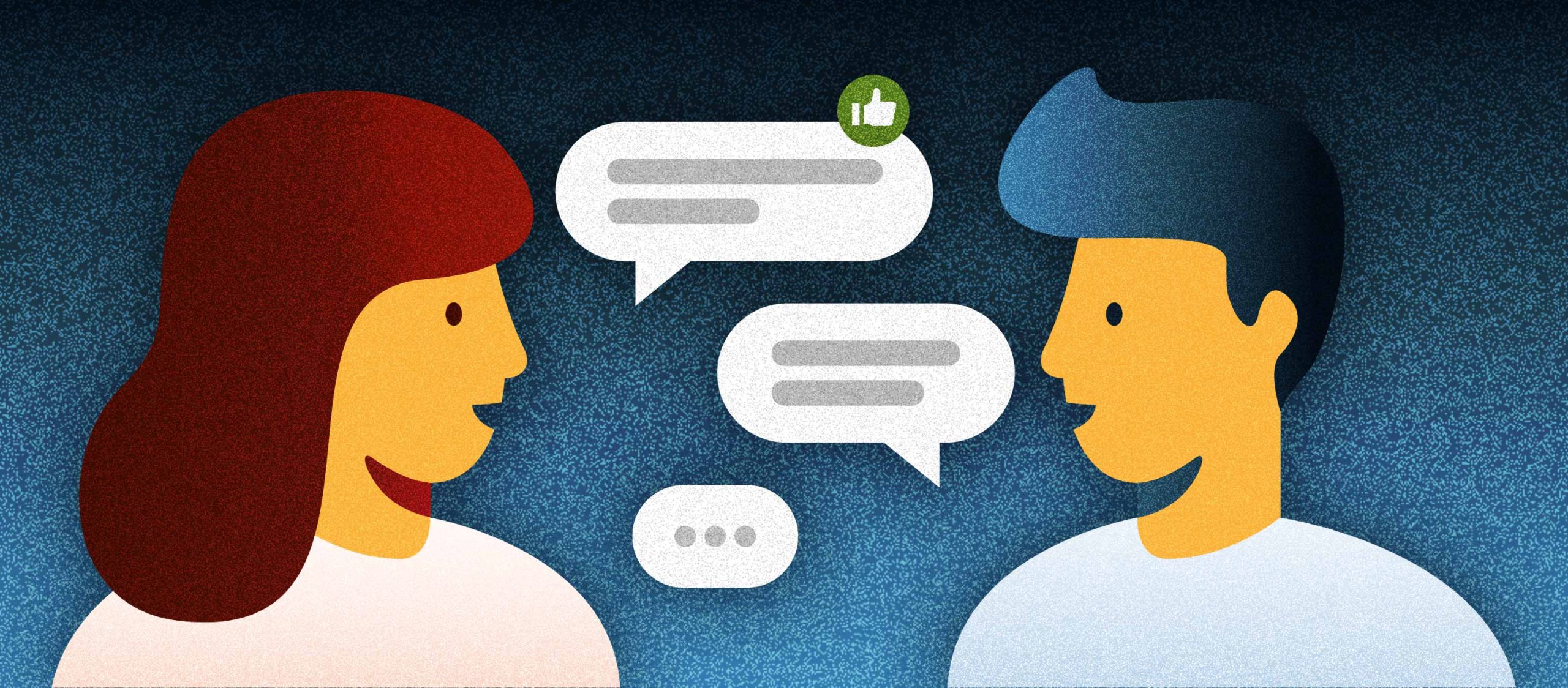
This is part three of our series on the rocket model for platform businesses, following our pieces on the Attract and Match rocket model functions. The series is adapted from the best-selling book, Platform Strategy.
Positive interactions to drive core transactions
The Connect stage of the rocket model aims to ensure that key information is able to flow between platform participants to facilitate transactions. Therefore, the stage serves an important linking function not only between participants but within the model itself. Many platforms need to enable peer-to-peer connection between platform participants post-matching because the combination of these enabling interactions drives the overall core transactions. For example, it might be useful for a potential buyer of a second hand car on eBay to connect with the seller and ask them whether the car had any accidents.
Platforms have to make sure their Connect function minimises the risk of ‘leakage’, that is, of clients deciding to transact outside the platform after having been connected through the platform. In a way, many platforms face a self-imposed competitive constraint: if they do not add enough value, they will be bypassed and unable to recapture the value they created in matching and connecting people. In some unusually high-value/one-off purchase categories (e.g. cars, floorboards, etc.), marketplaces often suffer from significant ‘leakage’, with a very high percentage of transactions initiated but not completed on the platform. This risk can be mitigated, at least, by carefully designing the Connect function.
Often, solving conflicts between producers and users is part of the value proposition of the platform. In this case, it is key to keep records of connections between participants and their interactions on the platform in order to ‘rule’ and act as a guarantor of the transaction. If participants transact outside of the platform, they cannot invoke such guarantees.
When are connection capabilities required?
With dating platforms, the matching function may be based on a range of criteria provided by the platform, such as age, gender and location, but additional information about occupation, tastes, interests, where to meet up, etc. is also helpful to the dating process. This platform function also increases the trust of the parties and reduces the ‘asymmetry of information’ that may get in the way of people going on a date.
Transactional platforms typically require advanced connection capabilities between participants when one or several of the following apply:
- The asymmetry of information between market participants is high;
- The transaction is more a ‘one-off’ than a ‘recurring’ purchase; and
- The value of the transaction is relatively high.
For example, the probability of using the messaging function of eBay to ask questions to an individual car seller before making the transaction is high (a one-off, high-value transaction with high asymmetry of information), while asking many questions to a marketplace seller about napkins, notepads or pens (recurring and relatively low-value purchases of familiar products) is less likely.
Even so, as eBay scaled to more categories with fixed-priced, high-volume and low-margin items, a review of interactions between eBay sellers and buyers revealed new inefficiencies. Being able to ask questions to sellers prior to purchase made sense in categories with unique, high-value inventory such as cars and collectables. However, when operating at scale, even high-volume, low-margin items can generate enough questions to make the sales process inefficient for merchants. eBay subsequently introduced new features such as product listing FAQs and product catalogues to address most buyers’ generic queries.
‘Thick’ or ‘Thin’: Upwork vs. Paypal
The Connect stage will depend upon how much information has been shared with the participants prior to the Match stage. If all the relevant information is already available and the nature of the transaction is such that there is little uncertainty as to the outcome (e.g. a basic undifferentiated product or service), then the Connect stage can even be skipped altogether, although the platform may want to ensure it has the capabilities to enable connection, should participants need it for other types of transactions.
It is helpful to think of the Connect stage as having a particular ‘thickness’, depending on the type of platform business.
In some instances, the opportunity to interact with another participant is fundamental to the platform’s value proposition. This is certainly the case with dating apps or with service-based platforms like Upwork, which propose to match service providers (Producers, to return to the platform participants types identified during the Attract stage) with clients (Users). Upwork’s value proposition is based on connecting participants so that a service can be provided and accessed. Without a Connect stage to enable the provision of services to follow, there can hardly be a transaction. In the example of Upwork, Connect is therefore very ‘thick’.
In contrast, ecommerce platforms need much less connection to take place between participants. In payment platforms, Connect is almost nonexistent. Paypal, for example, doesn’t require much contact between participants in order for the transaction to take place. Once a match has been identified – that one side needs to make a payment and another needs to receive it – the participants can proceed directly to the transaction. Whatever communication there is between participants takes place before they enter Paypal’s ecosystem. Therefore, for Paypal, Connect is ‘thin’.
Facilitating positive interactions
Because the thickness of the Connect stage is dependent on the type of platform, it is important to identify the needs of your particular platform participants.
We use the following questions to define the interactions between participants:
- What is the nature/type of interaction(s)?
- How will Users/Producers interact? Directly or indirectly?
- How much structure should be applied to participants’ interactions?
- How can interactions be captured in a way that will enhance the platform’s matching and support core transactions?
Throughout the life cycle of a platform, facilitating positive interactions – and preventing negative ones – between participants is a way to strongly enhance positive network effects.
What defines positive interactions may change over time so it’s worth revisiting these definitions on a regular basis. Mature platforms can also leverage their communities to increase the quality and quantity of relevant content available on the platform. To drive higher customer engagement, Taobao’s mobile app in China offers new social commerce features to meet the evolving needs of how people shop. Taobao hosts over 1,000 quanzi (circles) where shopping enthusiasts talk about their hobbies and favourite products. Taobao also hosts crowdsourced Q&As. When a buyer submits a question, Taobao’s algorithms identify buyers who are best qualified to answer and send them a message. 25% of all questions are answered within one minute and 60% of questions within 10 minutes. Two million buyers help answer one million questions every day, hence removing friction in the ecosystem and facilitating transactions. Other marketplaces have since adopted similar models (Amazon, etc.).
Summary
- Platform participants often need to exchange additional information with their counterparty before moving on to the transaction stage.
- Connection between participants is most important in certain types of transactions, e.g. one-off, high-value transactions with high asymmetry of information
- The Connect stage can be ‘thick’ or ‘thin’ depending on the type of platform, its value propositions and the structure of its core transactions.
- Facilitating positive interactions can benefit the entire platform, for example shared feedback generates positive network effects.
The next function in the rocket model is Transact, which focuses on the value exchange that takes place between participants and how best to enable these core transactions.
Read Platform Strategy: How to unlock the power of communities and networks to grow your business for more on the rocket model and other proven strategies for platform businesses.
